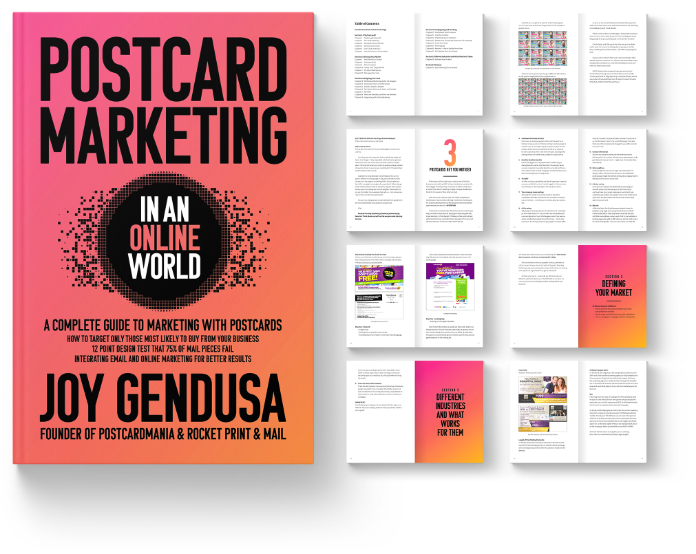Too often we skip past things — like titles — and nod our heads, assuming we know what they mean or even how they’re defined. But let’s slow down.
The term “marketing strategy” might sound broad or vague to many, so let’s take the mystery out of it. Then you can understand, devise and implement your own marketing strategy — one that fits into your business plan.
Strategy comes from a Greek word stratagein, meaning to be a general. Think of a strategy as an overall plan of action needed to win a war. Smaller, detailed actions are called tactics. You can have tactical plans, which help you achieve your overall marketing strategy. That’s simple enough, isn’t it?
A marketing strategy is an overall plan of marketing actions you intend to take in order to accomplish a specific goal for your company.
Start with a goal: $2 million in sales this year, expand into new premises by a certain date, double the size of the company in two years — whatever that goal is for you, write it down, scratch it out, erase, fine tune — be specific. Make it something realistic, but challenging.
After you determine your goal, work out a simple, overall plan of the major marketing steps needed to accomplish that goal. Again, be specific. For example:
- Publish a newsletter for all existing customers and mail them out quarterly.
- Work out four special offers for the year and promote them to all your customers.
- Set up an e-commerce site and expand your website.
- Design a direct mail campaign promoting your website to all customers and prospects.
- Get mailing lists (of target markets), do a series of 12 postcard mailings, follow up and close all leads.
You get the idea. Take your time and really do your homework here. What worked in the past? Read up on successful marketing campaigns; talk to colleagues, friends and mentors. Don’t be afraid to ask questions and play devil’s advocate with your plan.
I always say marketing strategies are like blind dates — you don’t have to be married to them. Pick and choose strategies that work best for you, based on analysis of past efforts — both yours and your competitors’.
◆ Do thorough research into your competition. Get on their mailing list and their email list, receive their promotions and discover what they do well and not so well. Then pick and choose those that will work best for you.
You don’t need to reinvent the wheel. Being innovative is great, but doing what is already successful is practical and yields faster, more predictable results. Don’t plagiarize anyone, but find out what offers make you want to call. Those will likely make others want to call, too. Research ALL your competition and take the best aspects of their marketing to come up with something original.
Your marketing strategy needs to be laid out in the right sequence and you should have some idea of a budget when you write it. Again, be realistic. “Run a series of three, thirty-second TV ads during the Super Bowl” might sound like a brilliant marketing strategy, but at five million dollars for each spot, can you really afford it?
Probably not.
On the other hand, when you build your marketing strategy, you can’t cut corners. Save money where you can, but don’t sacrifice quality for cost. Some things — like a great graphic designer or new technology to make mailings easier — are simply going to cost money. The payoff is reaching more people with more quality. If you don’t promote heavily, it doesn’t matter how good your product or service is, no one will know about it and you will go broke.
It can seem intimidating at first, I know, but don’t worry. You are going to learn a lot in this manual and I will provide enough examples for you so you can figure out what the proper sequence is for your business.
Email info@postcardmania.com if you’d like to see a sample marketing program.
Postcard Marketing in an Online World
By Joy Gendusa, Founder/CEO PostcardMania

